10 Hidden Traps That Make Us Pay More in Stores
How often do you make unnecessary purchases when in a store or a supermarket? We bet the answer is “often.” However, many don’t even realize we’re actually made to buy things we don’t need with a whole set of tricks.
FunnyModo compiled a list of 10 common traps marketing specialists use in overcoming objections in sales and how to boost them. However some tools like IDX WordPress plugin can turn your website and marketing into living platform, see the details here how it works.
Inconvenient checkouts
More than 60% of people put back unnecessary purchases in the checkout line. To strip customers of such an opportunity, checkout areas are made so you can’t put unnecessary things anywhere else, especially if your purchases are in a cart.
Rest without a rest
Food courts are meant for you to rest and have a snack before continuing your shopping. However, you won’t be able to spend much time eating: uncomfortable seats, little space between the tables, noises, and echoes all do their job. This helps shopping malls keep people browsing the stores while having a constantly changing flow of customers.
No windows, no clocks
It’s common knowledge that casinos have no windows or clocks so people lose their sense of reality and spend as much time (= money) there as possible. Shopping malls borrowed this trick to do just the same.
Cozy stores
All passageways in the malls are brightly lit, and there’s always loud music around that is amplified and echoed by the floor tiling. But as soon as you enter any of the stores, the floors become softer, the lights too, and the music is suddenly calm and pleasant. All this creates a feeling of comfort and makes you stay longer.
Clever fitting room mirrors
Sad as it is, fitting room mirrors are made specifically to make us look slimmer, more tanned, and taller. Some lingerie stores, for example, add pink pigment to their mirrors to make the skin look tanned. And the trick works because the more we like ourselves in some clothes, the more likely we’ll buy them.
Replacing the goods
If you buy your stuff at the same store for a certain time, you know exactly where everything is, moving straight to your mark without looking around. When the store shuffles the goods, you have to search for those you need, filling your cart on the way.
Thought-out lighting
Everyone knows the best bananas are those of a certain tint of yellow. This also applies to other fruits and vegetables, and shop owners know this well. The issue of “imperfect“ colors is solved with lighting: the ”right” light can make any goods look better.
Artificial demand
Let’s take juice shelves as an example. Ever noticed those empty spaces between the cartons? We tend to think it’s because the juice is popular as it’s so good, and we take it for granted. Alas, most of the time it’s the store employees who remove the juice from the shelves to create the appearance of high demand.
Manipulation based on a lack of confidence
Mirrors outside the fitting rooms play an important role in sales: if a person is not too confident or just doesn’t look great, their constantly appearing reflection will remind them of that. This trick literally makes them buy something new to improve the situation.
Playing contrasts
There are two kettles with similar characteristics on the same shelf, but one of them costs $79.99 and the other is $99.99. The “cheap” one sells well, as a result, and the more expensive one will go almost unsold. Why’s that? Because we don’t think of the real value of things but of the fact that we’re getting a great bargain.
Preview photo credit depositphotos

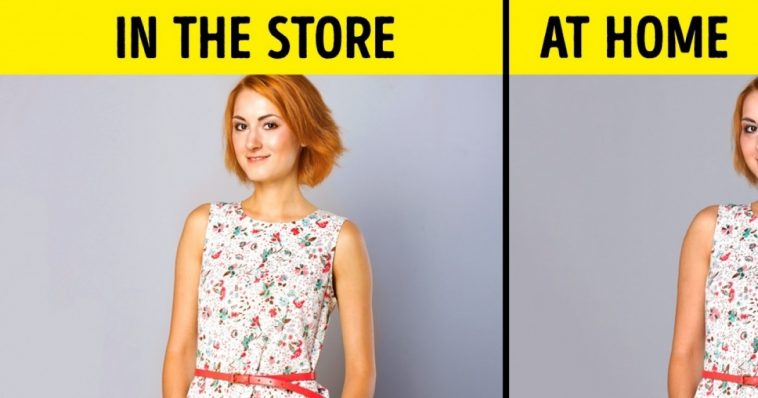
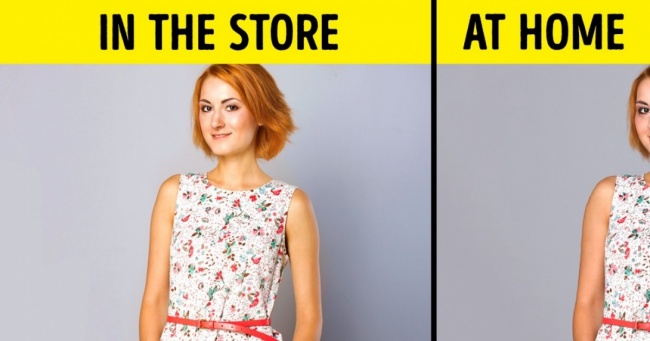
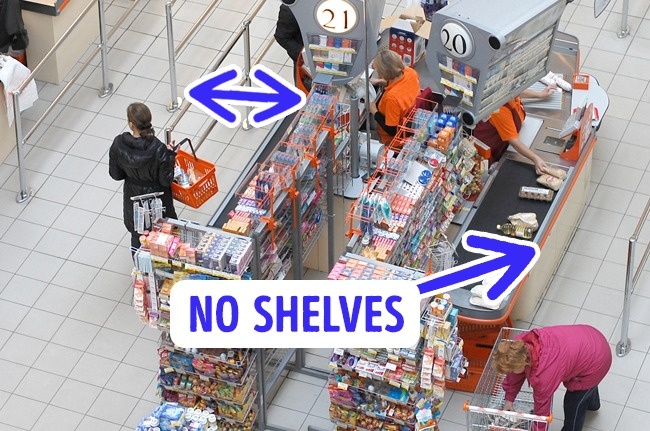
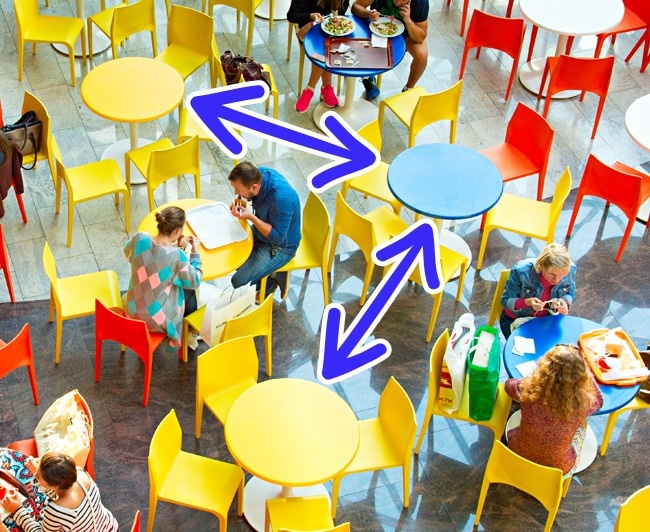
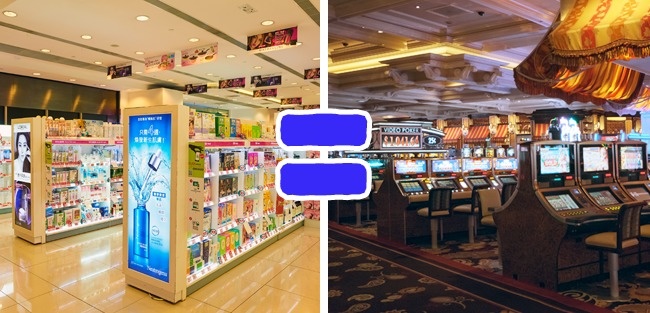
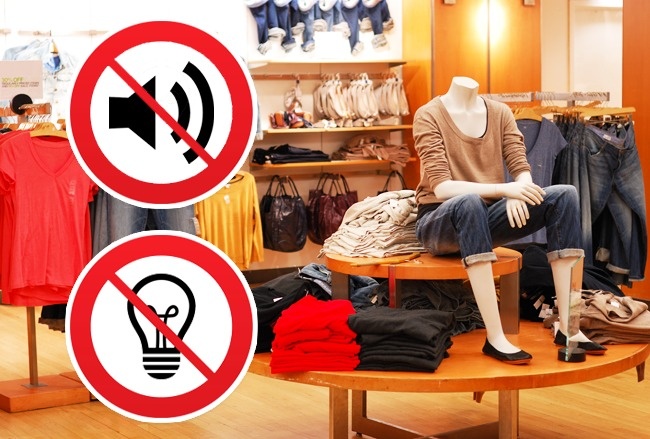
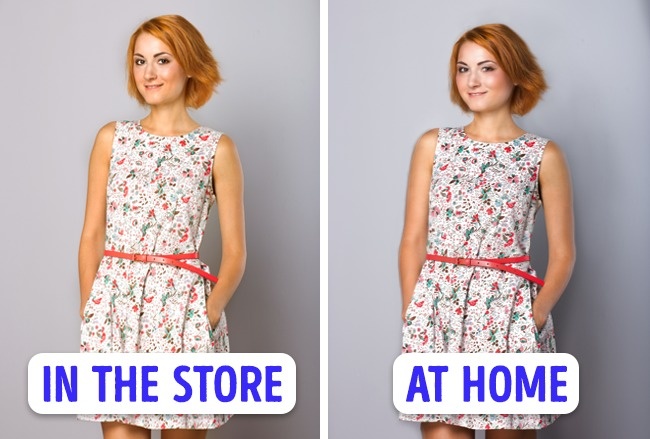
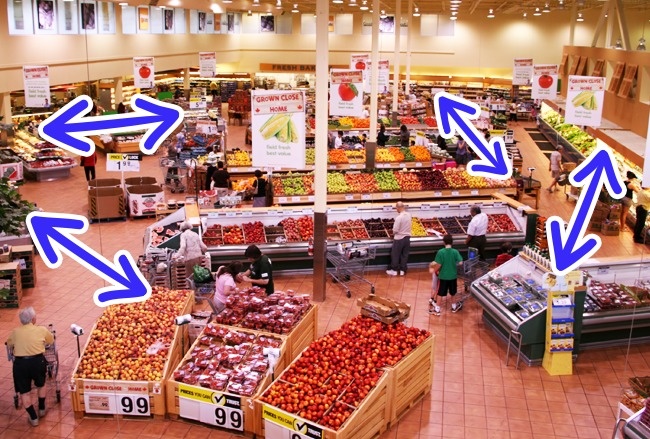
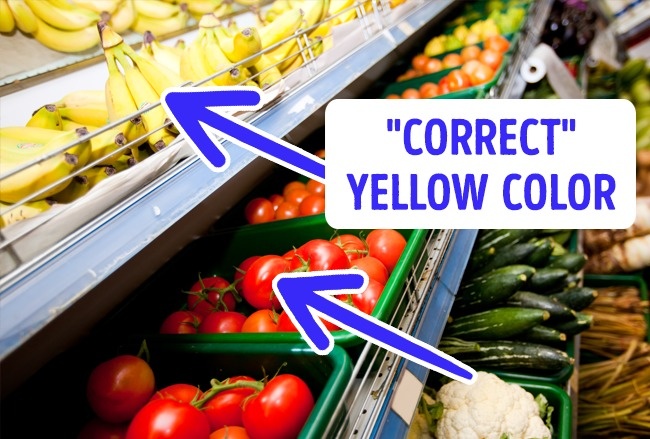
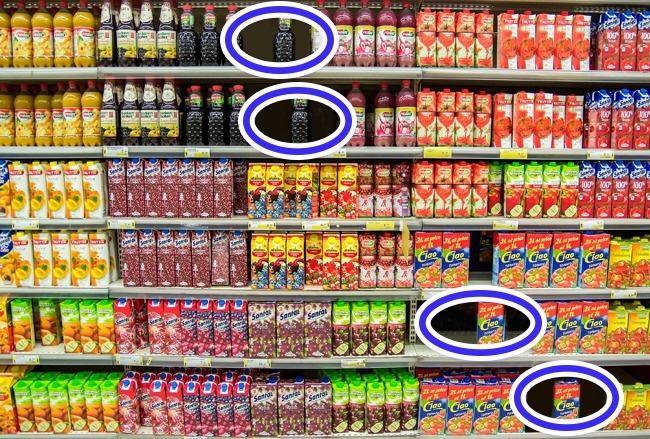
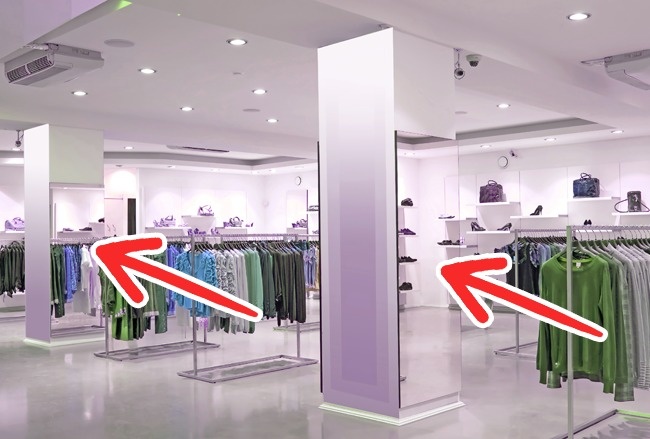
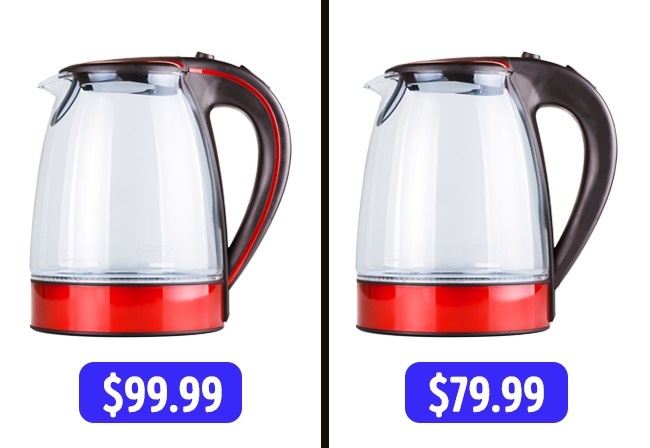
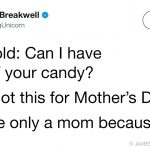

Comments